Primordialbitch

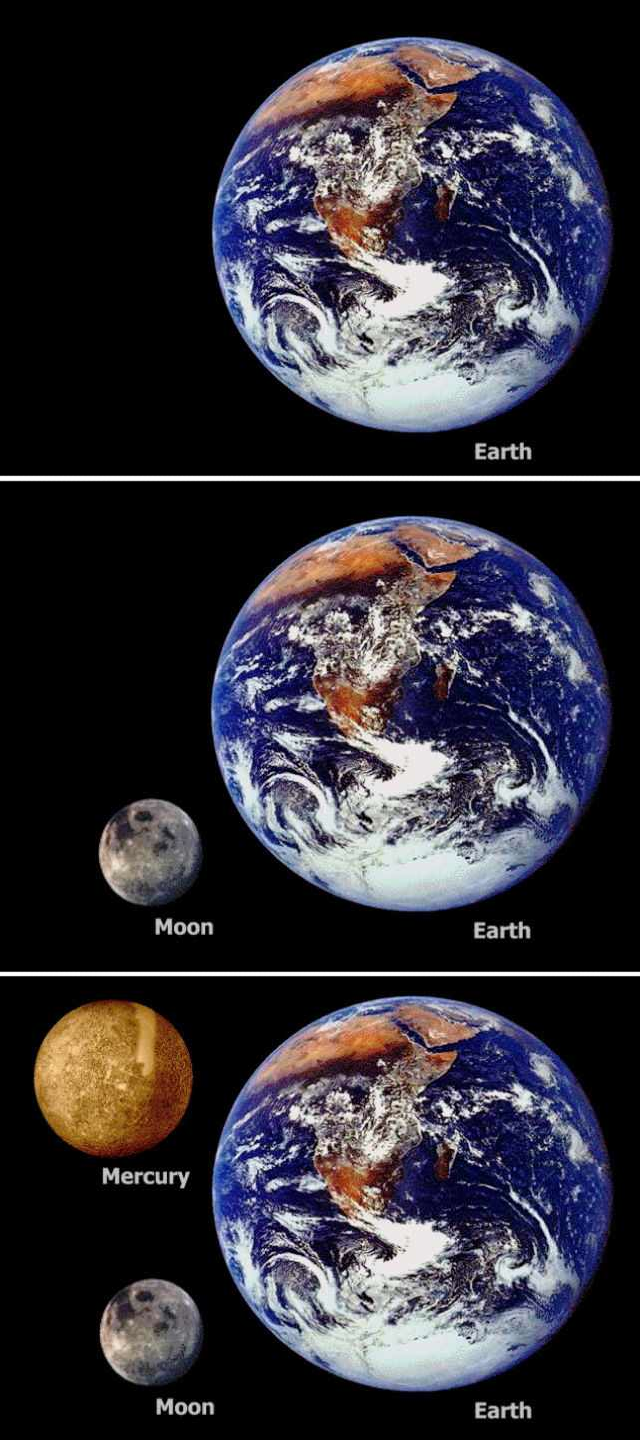
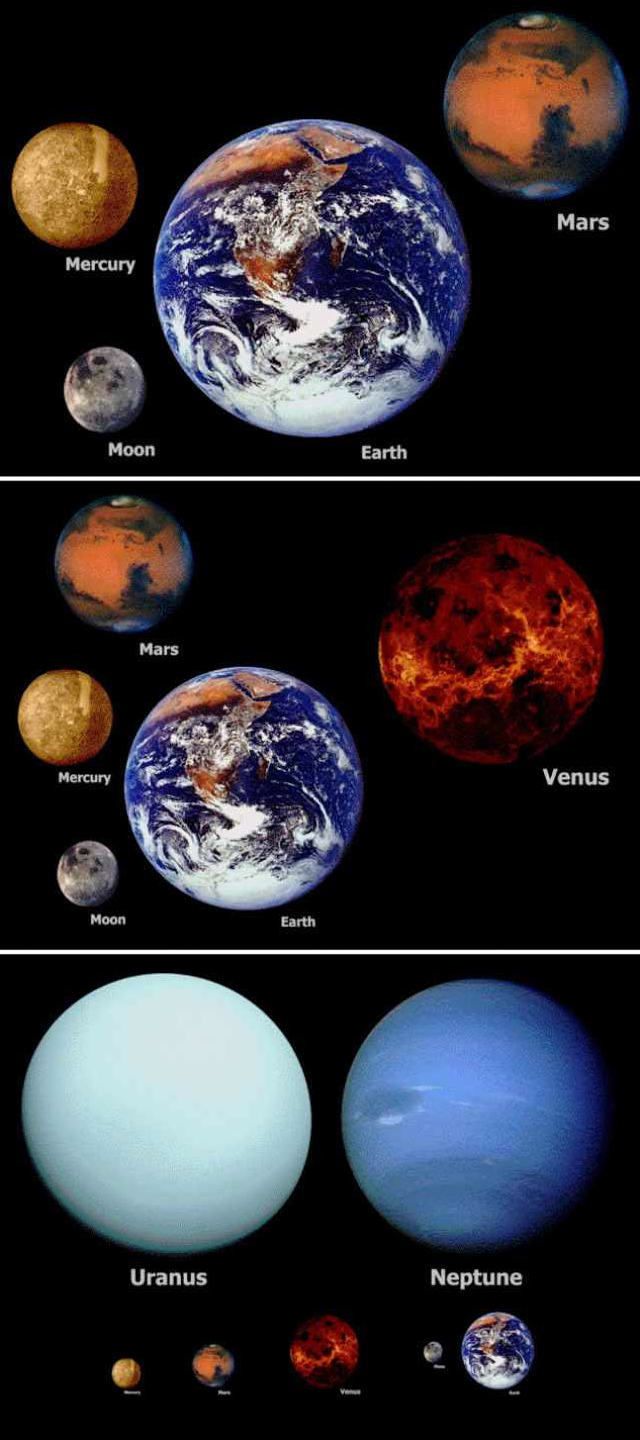
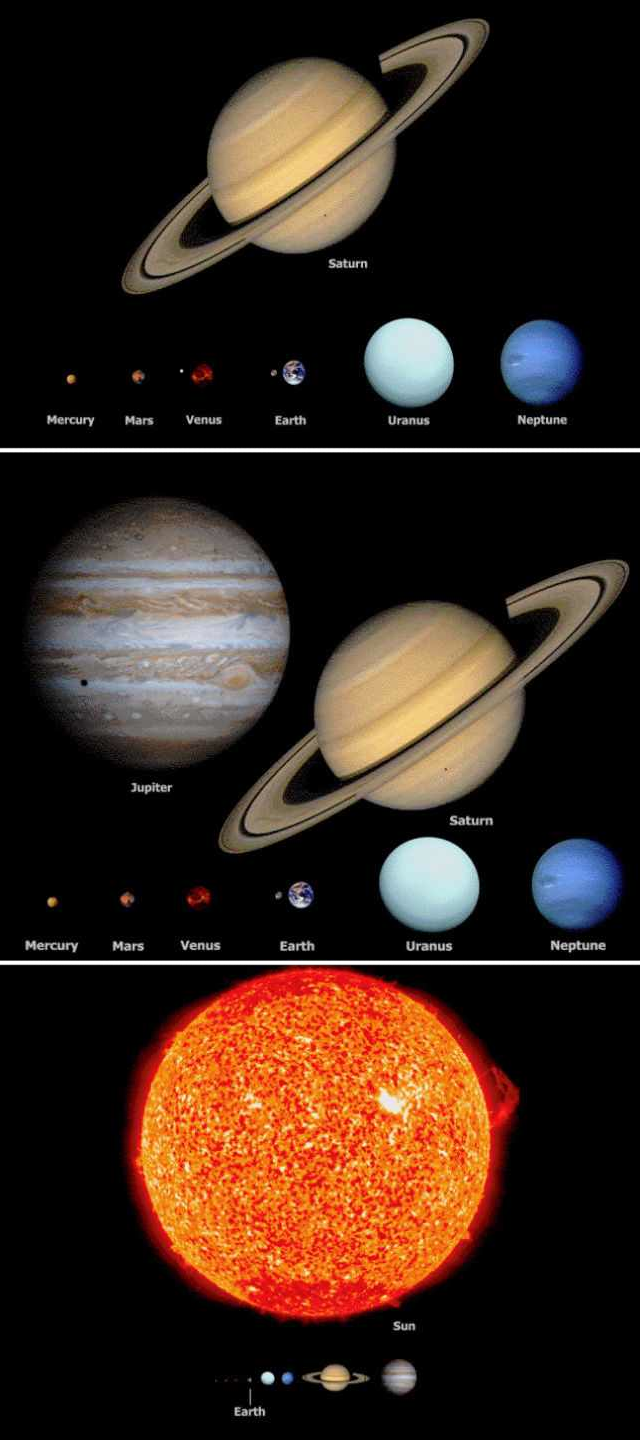
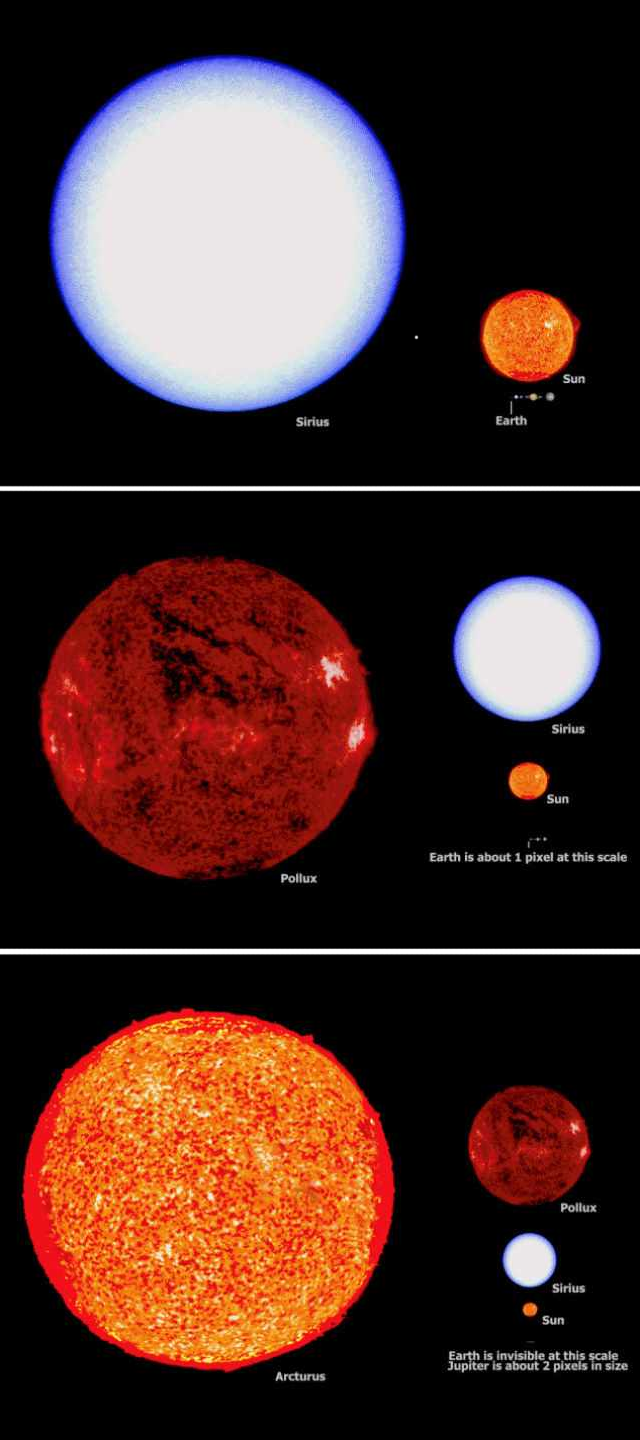



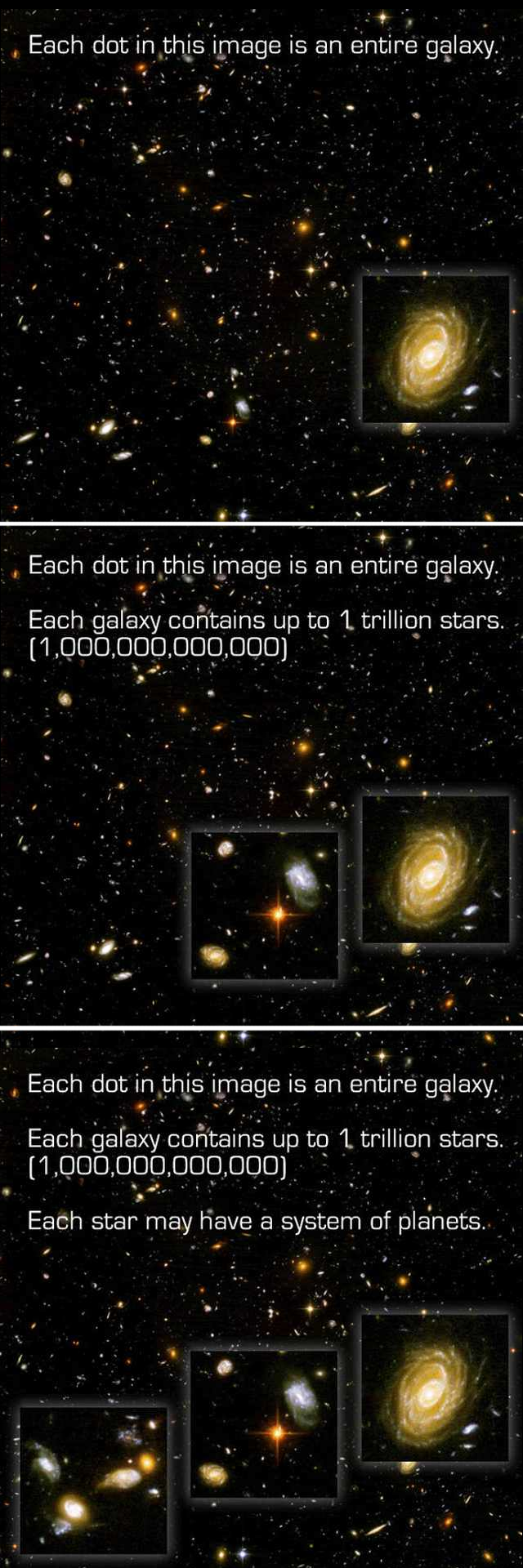

More Posts from Primordialbitch and Others

Motion is Curved and All Curvature is Spiral" - Walter Russell
An Earth-sized planet found in the habitable zone of a nearby star
by Ravi Kumar Kopparapu

An artist’s impression of an exoplanet in the habitable zone around a star. Credits: ESA/Hubble, M. Kornmesser
A few months ago a group of NASA exoplanet astronomers, who are in the business of discovering planets around other stars, called me into a secret meeting to tell me about a planet that had captured their interest. Because my expertise lies in modeling the climate of exoplanets, they asked me to figure out whether this new planet was habitable – a place where liquid water might exist.
Keep reading
the fact that jupiter and saturn haven’t been physically and observably this close since 1226 is so poetic bc you’re telling me i’m going to look up at and admire the same astronomical anomaly in the sky that someone hundreds and hundreds of years ago, with less knowledge of the stars and the planets than we have now, also looked up at and admired nonetheless. the past is long gone but the awareness of being connected to someone somewhere long ago thru the night sky is overwhelming me
How do blackholes form and how do they move ?
Could invisible aliens really exist among us? An astrobiologist explains
by Samantha Rolfe

They probably won’t look anything like this. Martina Badini/Shutterstock
Life is pretty easy to recognise. It moves, it grows, it eats, it excretes, it reproduces. Simple. In biology, researchers often use the acronym “MRSGREN” to describe it. It stands for movement, respiration, sensitivity, growth, reproduction, excretion and nutrition.
But Helen Sharman, Britain’s first astronaut and a chemist at Imperial College London, recently said that alien lifeforms that are impossible to spot may be living among us. How could that be possible?
Keep reading
Black Holes are NICER Than You Think!
We’re learning more every day about black holes thanks to one of the instruments aboard the International Space Station! Our Neutron star Interior Composition Explorer (NICER) instrument is keeping an eye on some of the most mysterious cosmic phenomena.

We’re going to talk about some of the amazing new things NICER is showing us about black holes. But first, let’s talk about black holes — how do they work, and where do they come from? There are two important types of black holes we’ll talk about here: stellar and supermassive. Stellar mass black holes are three to dozens of times as massive as our Sun while supermassive black holes can be billions of times as massive!

Stellar black holes begin with a bang — literally! They are one of the possible objects left over after a large star dies in a supernova explosion. Scientists think there are as many as a billion stellar mass black holes in our Milky Way galaxy alone!
Supermassive black holes have remained rather mysterious in comparison. Data suggest that supermassive black holes could be created when multiple black holes merge and make a bigger one. Or that these black holes formed during the early stages of galaxy formation, born when massive clouds of gas collapsed billions of years ago. There is very strong evidence that a supermassive black hole lies at the center of all large galaxies, as in our Milky Way.

Imagine an object 10 times more massive than the Sun squeezed into a sphere approximately the diameter of New York City — or cramming a billion trillion people into a car! These two examples give a sense of how incredibly compact and dense black holes can be.
Because so much stuff is squished into such a relatively small volume, a black hole’s gravity is strong enough that nothing — not even light — can escape from it. But if light can’t escape a dark fate when it encounters a black hole, how can we “see” black holes?

Scientists can’t observe black holes directly, because light can’t escape to bring us information about what’s going on inside them. Instead, they detect the presence of black holes indirectly — by looking for their effects on the cosmic objects around them. We see stars orbiting something massive but invisible to our telescopes, or even disappearing entirely!
When a star approaches a black hole’s event horizon — the point of no return — it’s torn apart. A technical term for this is “spaghettification” — we’re not kidding! Cosmic objects that go through the process of spaghettification become vertically stretched and horizontally compressed into thin, long shapes like noodles.

Scientists can also look for accretion disks when searching for black holes. These disks are relatively flat sheets of gas and dust that surround a cosmic object such as a star or black hole. The material in the disk swirls around and around, until it falls into the black hole. And because of the friction created by the constant movement, the material becomes super hot and emits light, including X-rays.
At last — light! Different wavelengths of light coming from accretion disks are something we can see with our instruments. This reveals important information about black holes, even though we can’t see them directly.

So what has NICER helped us learn about black holes? One of the objects this instrument has studied during its time aboard the International Space Station is the ever-so-forgettably-named black hole GRS 1915+105, which lies nearly 36,000 light-years — or 200 million billion miles — away, in the direction of the constellation Aquila.
Scientists have found disk winds — fast streams of gas created by heat or pressure — near this black hole. Disk winds are pretty peculiar, and we still have a lot of questions about them. Where do they come from? And do they change the shape of the accretion disk?

It’s been difficult to answer these questions, but NICER is more sensitive than previous missions designed to return similar science data. Plus NICER often looks at GRS 1915+105 so it can see changes over time.
NICER’s observations of GRS 1915+105 have provided astronomers a prime example of disk wind patterns, allowing scientists to construct models that can help us better understand how accretion disks and their outflows around black holes work.

NICER has also collected data on a stellar mass black hole with another long name — MAXI J1535-571 (we can call it J1535 for short) — adding to information provided by NuSTAR, Chandra, and MAXI. Even though these are all X-ray detectors, their observations tell us something slightly different about J1535, complementing each other’s data!
This rapidly spinning black hole is part of a binary system, slurping material off its partner, a star. A thin halo of hot gas above the disk illuminates the accretion disk and causes it to glow in X-ray light, which reveals still more information about the shape, temperature, and even the chemical content of the disk. And it turns out that J1535’s disk may be warped!

Image courtesy of NRAO/AUI and Artist: John Kagaya (Hoshi No Techou)
This isn’t the first time we have seen evidence for a warped disk, but J1535’s disk can help us learn more about stellar black holes in binary systems, such as how they feed off their companions and how the accretion disks around black holes are structured.
NICER primarily studies neutron stars — it’s in the name! These are lighter-weight relatives of black holes that can be formed when stars explode. But NICER is also changing what we know about many types of X-ray sources. Thanks to NICER’s efforts, we are one step closer to a complete picture of black holes. And hey, that’s pretty nice!
Make sure to follow us on Tumblr for your regular dose of space: http://nasa.tumblr.com.
Celebrate #BlackHoleFriday with Nurturing Baby Stars

Are you throwing all your money into a black hole today?
Forget Black Friday — celebrate #BlackHoleFriday with us and get sucked into this recent discovery of a black hole that may have sparked star births across multiple galaxies.
If confirmed, this discovery would represent the widest reach ever seen for a black hole acting as a stellar kick-starter — enhancing star formation more than one million light-years away. (One light year is equal to 6 trillion miles.)
A black hole is an extremely dense object from which no light can escape. The black hole’s immense gravity pulls in surrounding gas and dust. Sometimes, black holes hinder star birth. Sometimes — like perhaps in this case — they increase star birth.
Telescopes like our Chandra X-ray Observatory help us detect the X-rays produced by hot gas swirling around the black hole. Have more questions about black holes? Click here to learn more.
Make sure to follow us on Tumblr for your regular dose of space: http://nasa.tumblr.com.
Hubble fortuitously discovers a new galaxy in the cosmic neighborhood
Astronomers using the NASA/ESA Hubble Space Telescope to study some of the oldest and faintest stars in the globular cluster NGC 6752 have made an unexpected finding. They discovered a dwarf galaxy in our cosmic backyard, only 30 million light-years away. The finding is reported in the journal Monthly Notices of the Royal Astronomical Society: Letters.

An international team of astronomers recently used the NASA/ESA Hubble Space Telescope to study white dwarf stars within the globular cluster NGC 6752. The aim of their observations was to use these stars to measure the age of the globular cluster, but in the process they made an unexpected discovery.
Keep reading
TRAILER: “FANTASTIC PLANET” (1973)
Also known as “la Planète sauvage”, this film is an animated story that follows the relationship between the small human-like Oms and their blue-skinned oppressors, the Draags, who rule the planet of Ygam. While the Draags have long kept Oms as illiterate pets, this hierarchy shifts after an Om boy becomes educated, thanks to a young female Draag. This leads to an Om rebellion, which weakens the Draag control over their race. Will the Oms and the Draags find a way to coexist? Or will they destroy each other?
Red paint on 1,000-year-old gold mask from Peru contains human blood proteins

Thirty years ago, archeologists excavated the tomb of an elite 40-50-year-old man from the Sicán culture of Peru, a society that predated the Incas. The man’s seated, upside-down skeleton was painted bright red, as was the gold mask covering his detached skull. Now, researchers reporting in ACS’ Journal of Proteome Research have analyzed the paint, finding that, in addition to a red pigment, it contains human blood and bird egg proteins.
The Sicán was a prominent culture that existed from the ninth to 14th centuries along the northern coast of modern Peru. During the Middle Sicán Period (about 900–1,100 A.D.), metallurgists produced a dazzling array of gold objects, many of which were buried in tombs of the elite class. In the early 1990s, a team of archaeologists and conservators led by Izumi Shimada excavated a tomb where an elite man’s seated skeleton was painted red and placed upside down at the center of the chamber. Read more.
-
 nzmaleman liked this · 1 week ago
nzmaleman liked this · 1 week ago -
 emuspirit3 liked this · 1 week ago
emuspirit3 liked this · 1 week ago -
 jamjacket1992 liked this · 2 weeks ago
jamjacket1992 liked this · 2 weeks ago -
 chrisbear62 liked this · 2 weeks ago
chrisbear62 liked this · 2 weeks ago -
 rorydbe liked this · 2 weeks ago
rorydbe liked this · 2 weeks ago -
 sassyperfectionsandra liked this · 2 weeks ago
sassyperfectionsandra liked this · 2 weeks ago -
 blackjacktatto liked this · 3 weeks ago
blackjacktatto liked this · 3 weeks ago -
 me32111 liked this · 4 weeks ago
me32111 liked this · 4 weeks ago -
 chloroformparty liked this · 1 month ago
chloroformparty liked this · 1 month ago -
 chrisprice46 liked this · 1 month ago
chrisprice46 liked this · 1 month ago -
 saudademoonlight reblogged this · 1 month ago
saudademoonlight reblogged this · 1 month ago -
 saudademoonlight liked this · 1 month ago
saudademoonlight liked this · 1 month ago -
 flaco2908 liked this · 1 month ago
flaco2908 liked this · 1 month ago -
 redducks-stuff liked this · 1 month ago
redducks-stuff liked this · 1 month ago -
 men-to-dream-of-general reblogged this · 1 month ago
men-to-dream-of-general reblogged this · 1 month ago -
 fltrout liked this · 1 month ago
fltrout liked this · 1 month ago -
 princess45sworld liked this · 1 month ago
princess45sworld liked this · 1 month ago -
 jstpic liked this · 1 month ago
jstpic liked this · 1 month ago -
 mirex43 liked this · 1 month ago
mirex43 liked this · 1 month ago -
 sunkissedfawn liked this · 1 month ago
sunkissedfawn liked this · 1 month ago -
 fortunatelynerdycreation liked this · 1 month ago
fortunatelynerdycreation liked this · 1 month ago -
 livywolf liked this · 1 month ago
livywolf liked this · 1 month ago -
 ws-interest reblogged this · 1 month ago
ws-interest reblogged this · 1 month ago -
 amanda323sstuff liked this · 1 month ago
amanda323sstuff liked this · 1 month ago -
 herqueenstrawberry reblogged this · 1 month ago
herqueenstrawberry reblogged this · 1 month ago -
 abookofobscuresorrows liked this · 1 month ago
abookofobscuresorrows liked this · 1 month ago -
 rilke reblogged this · 1 month ago
rilke reblogged this · 1 month ago -
 rilke liked this · 1 month ago
rilke liked this · 1 month ago -
 1-800-witchbtch liked this · 1 month ago
1-800-witchbtch liked this · 1 month ago -
 voidic3ntity liked this · 1 month ago
voidic3ntity liked this · 1 month ago -
 lusydemarta123 reblogged this · 1 month ago
lusydemarta123 reblogged this · 1 month ago -
 sappho-galactica liked this · 1 month ago
sappho-galactica liked this · 1 month ago -
 ahalal-uralma reblogged this · 1 month ago
ahalal-uralma reblogged this · 1 month ago -
 slumsaintt liked this · 1 month ago
slumsaintt liked this · 1 month ago -
 odracirm liked this · 1 month ago
odracirm liked this · 1 month ago -
 midnight-cowboy5okinawa reblogged this · 1 month ago
midnight-cowboy5okinawa reblogged this · 1 month ago -
 midnight-cowboy5okinawa liked this · 1 month ago
midnight-cowboy5okinawa liked this · 1 month ago -
 simplysitha liked this · 1 month ago
simplysitha liked this · 1 month ago -
 collectiveglitter liked this · 1 month ago
collectiveglitter liked this · 1 month ago -
 kurumbukaari reblogged this · 1 month ago
kurumbukaari reblogged this · 1 month ago -
 decaffeinatedsludgehumanoidmoney liked this · 1 month ago
decaffeinatedsludgehumanoidmoney liked this · 1 month ago -
 martiandmichelle liked this · 1 month ago
martiandmichelle liked this · 1 month ago -
 rocketgirlerin liked this · 1 month ago
rocketgirlerin liked this · 1 month ago -
 pandorami reblogged this · 1 month ago
pandorami reblogged this · 1 month ago -
 btwin2men74 reblogged this · 1 month ago
btwin2men74 reblogged this · 1 month ago -
 btwin2men74 liked this · 1 month ago
btwin2men74 liked this · 1 month ago
